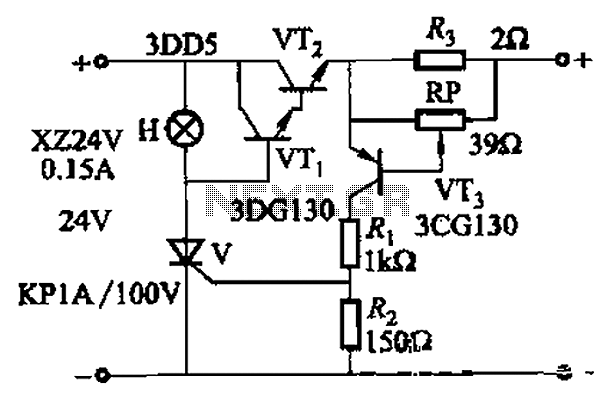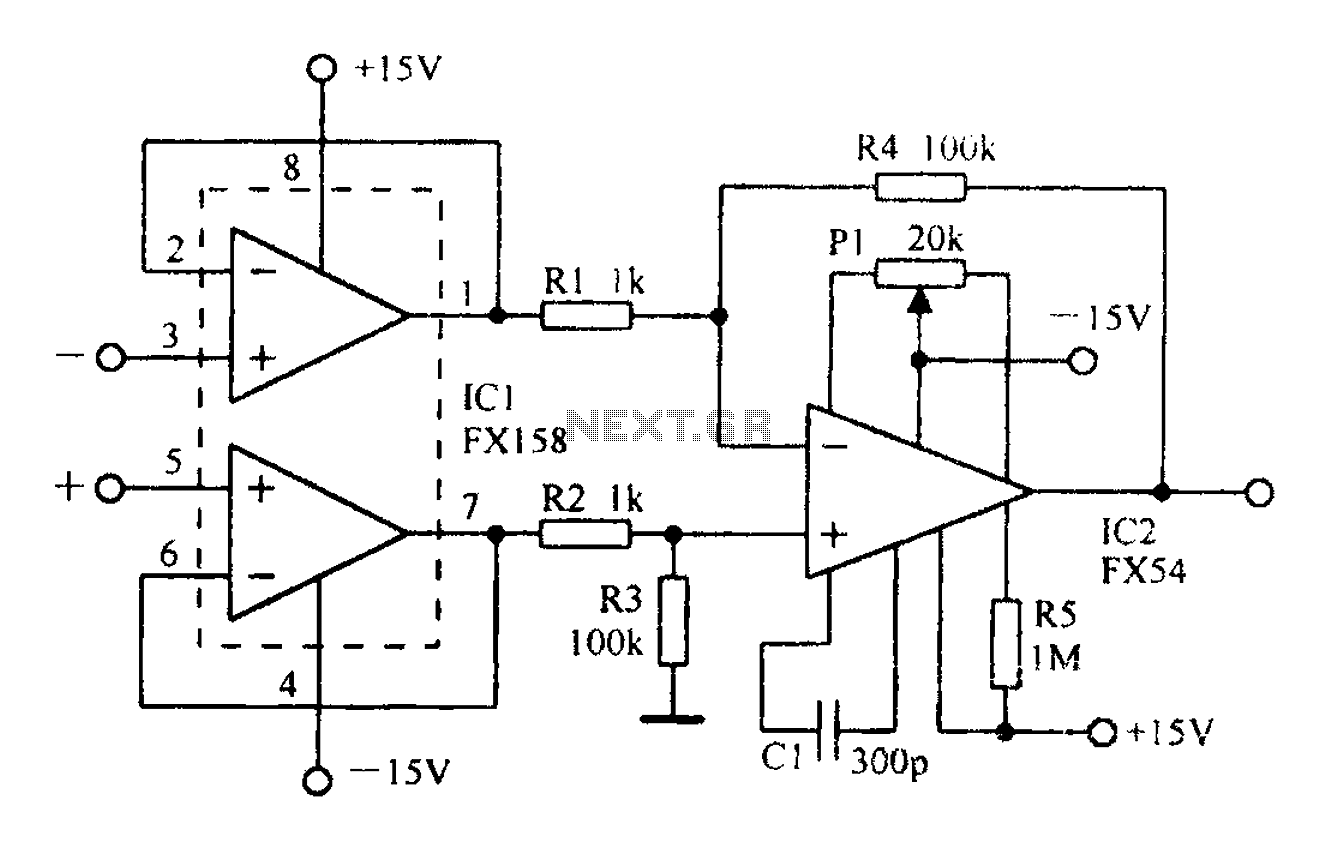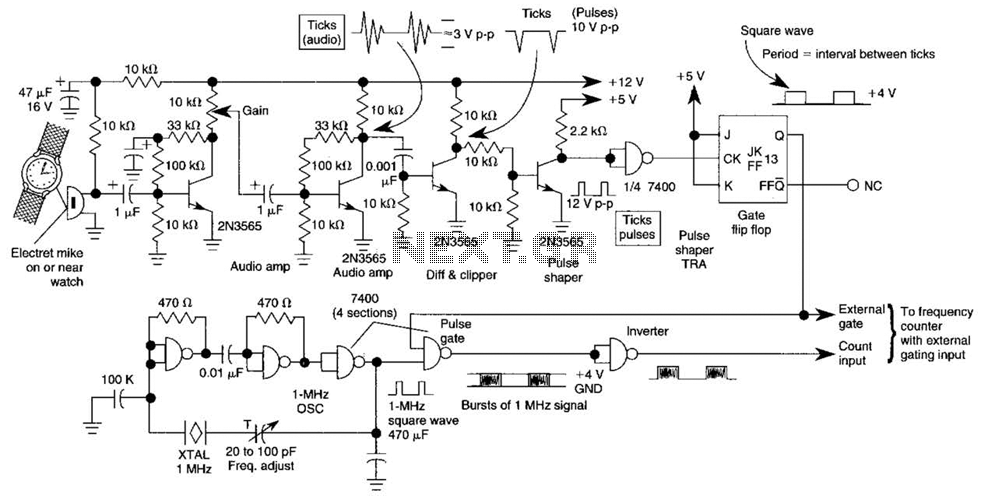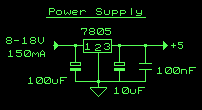
Automatic UPS system wiring circuit diagram for Home or Office (New Design With One Live Wire)

The phase and neutral wires from the power source have already been connected to electrical appliances such as fans and light points. According to the UPS connection diagram, an additional phase wire should be connected to those appliances where the phase and neutral from the power source are already connected (i.e., two phase wires at the same point). There is no need to connect a neutral wire from the UPS, as it is already connected. The supply will continue through the phase wire (noting that the neutral is already connected), which is provided to the UPS from the main board, allowing the UPS to charge the battery. The supply then flows from the UPS to the electrical appliances. The second phase connected after the UPS installation (i.e., one live wire from the UPS) will be inactive because there is no power supply from the UPS and batteries, as it is an automatic UPS system. The supply will continue through the phase wire (output from the UPS) connected from the batteries and UPS to the appliances (with the neutral already connected). The first phase connected before the UPS installation (i.e., live wire from the main board to the UPS) will also be inactive due to the lack of power supply from the power source. In this scenario, the stored electrical energy in the batteries will be consumed.
The described circuit involves a configuration where both the phase and neutral wires are initially connected from the power source to various electrical appliances. The integration of a UPS (Uninterruptible Power Supply) into this circuit allows for seamless transition between the main power supply and battery backup during power outages.
In this setup, the UPS is responsible for charging the batteries while simultaneously supplying power to the appliances. The phase wire from the UPS is connected to the same point as the phase wire from the power source, ensuring that appliances receive power from either the UPS or the main supply as needed. The neutral wire remains connected to the appliances, allowing for the completion of the circuit.
When the main power supply is active, the UPS remains in standby mode, and the appliances draw power directly from the main source. However, in the event of a power outage, the UPS automatically switches to battery power, allowing the appliances to continue operating without interruption. It is crucial to note that the second phase wire connected after the UPS installation remains inactive during normal operation, as the UPS is not drawing power from the batteries until the main supply fails.
The design ensures that the stored electrical energy in the batteries is utilized effectively when the main power supply is unavailable. This configuration enhances the reliability of the electrical system, providing continuous power to essential appliances while maintaining safety and efficiency. Proper installation and adherence to electrical codes are essential to ensure the system operates as intended and to prevent potential hazards.We had already connected Phase & Neutral (from Power house) to Electrical Appliances i. e. Fans, Light points etc. So according the above UPS Connection Diagram. connect an extra wire (phase) to those appliances where we have already connected phase and neutral from (from Power house) (i. e. , two wire as phase with same point). So no need to connect Neutral from UPS as it is already connected. Then Supply will continue through Phase wire (Note that Neutral is already connected) which is given to UPS from main board (it will charge your battery as well). and then from UPS to Electrical Appliances. So the Second one phase which is connected after UPS installation (i. e. One Live Wire from UPS) would be inactive because power supply is not available from UPS and batteries (Because it is Automatic UPS System).
then Supply will continue through Phase wire (Output UPS) which is Connected from batteries and UPS to Appliances (Note that Neutral is already connected). So the first one phase which is connected before UPS installation (i. e. Live Wire from Main board to UPS) would be inactive because power supply is not available from power house.
In this case, you consume the store Electrical energy in the batteries. 🔗 External reference
The described circuit involves a configuration where both the phase and neutral wires are initially connected from the power source to various electrical appliances. The integration of a UPS (Uninterruptible Power Supply) into this circuit allows for seamless transition between the main power supply and battery backup during power outages.
In this setup, the UPS is responsible for charging the batteries while simultaneously supplying power to the appliances. The phase wire from the UPS is connected to the same point as the phase wire from the power source, ensuring that appliances receive power from either the UPS or the main supply as needed. The neutral wire remains connected to the appliances, allowing for the completion of the circuit.
When the main power supply is active, the UPS remains in standby mode, and the appliances draw power directly from the main source. However, in the event of a power outage, the UPS automatically switches to battery power, allowing the appliances to continue operating without interruption. It is crucial to note that the second phase wire connected after the UPS installation remains inactive during normal operation, as the UPS is not drawing power from the batteries until the main supply fails.
The design ensures that the stored electrical energy in the batteries is utilized effectively when the main power supply is unavailable. This configuration enhances the reliability of the electrical system, providing continuous power to essential appliances while maintaining safety and efficiency. Proper installation and adherence to electrical codes are essential to ensure the system operates as intended and to prevent potential hazards.We had already connected Phase & Neutral (from Power house) to Electrical Appliances i. e. Fans, Light points etc. So according the above UPS Connection Diagram. connect an extra wire (phase) to those appliances where we have already connected phase and neutral from (from Power house) (i. e. , two wire as phase with same point). So no need to connect Neutral from UPS as it is already connected. Then Supply will continue through Phase wire (Note that Neutral is already connected) which is given to UPS from main board (it will charge your battery as well). and then from UPS to Electrical Appliances. So the Second one phase which is connected after UPS installation (i. e. One Live Wire from UPS) would be inactive because power supply is not available from UPS and batteries (Because it is Automatic UPS System).
then Supply will continue through Phase wire (Output UPS) which is Connected from batteries and UPS to Appliances (Note that Neutral is already connected). So the first one phase which is connected before UPS installation (i. e. Live Wire from Main board to UPS) would be inactive because power supply is not available from power house.
In this case, you consume the store Electrical energy in the batteries. 🔗 External reference





